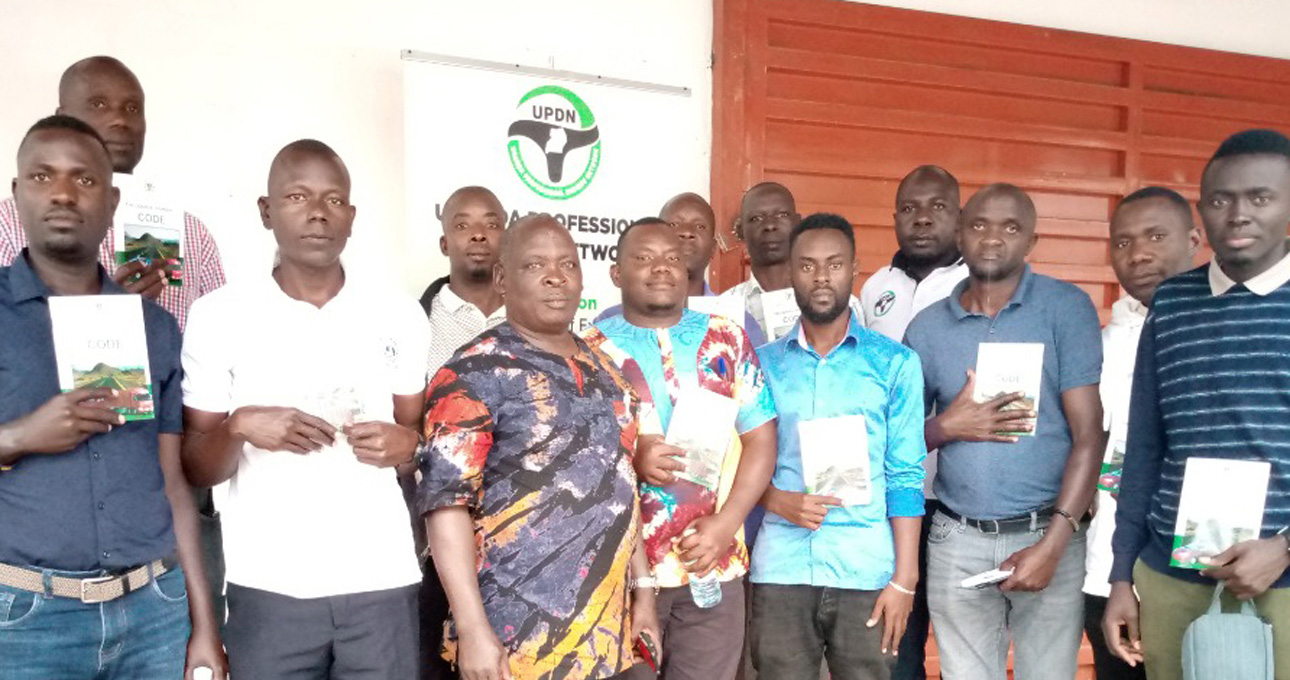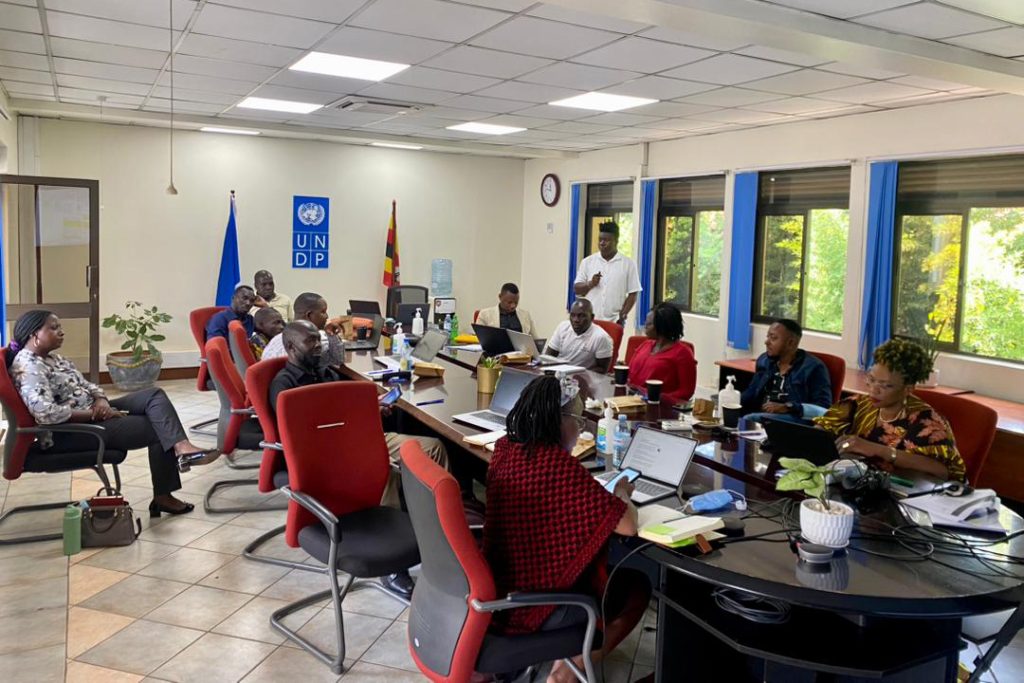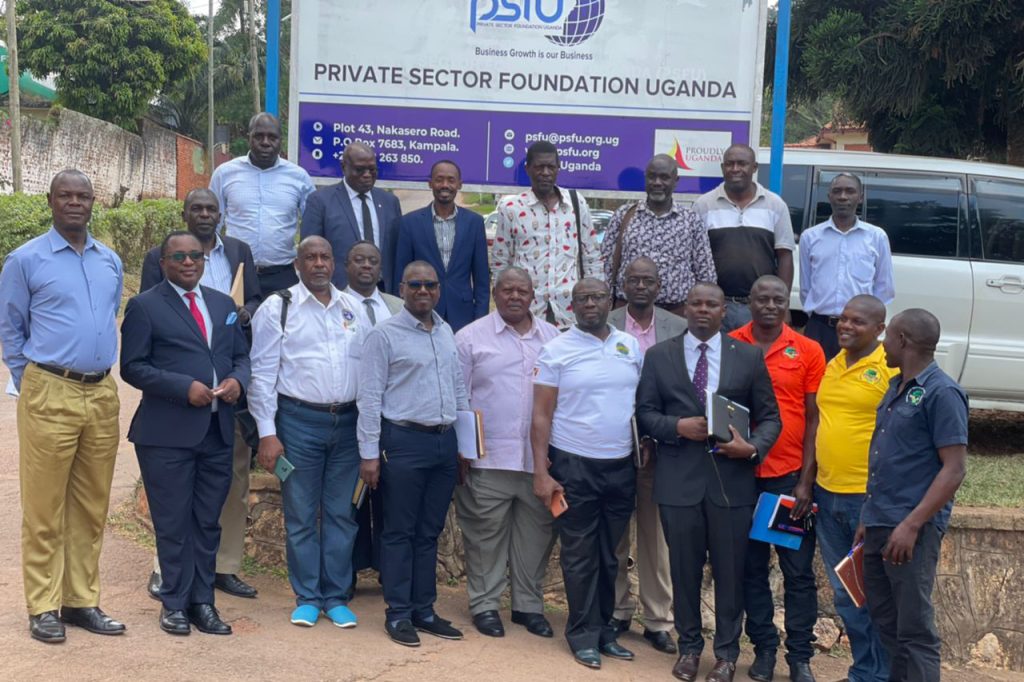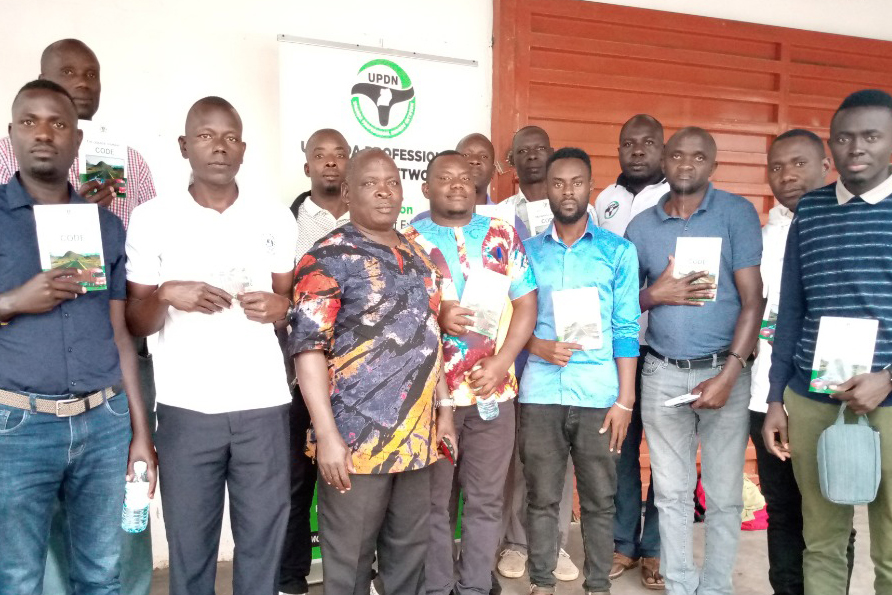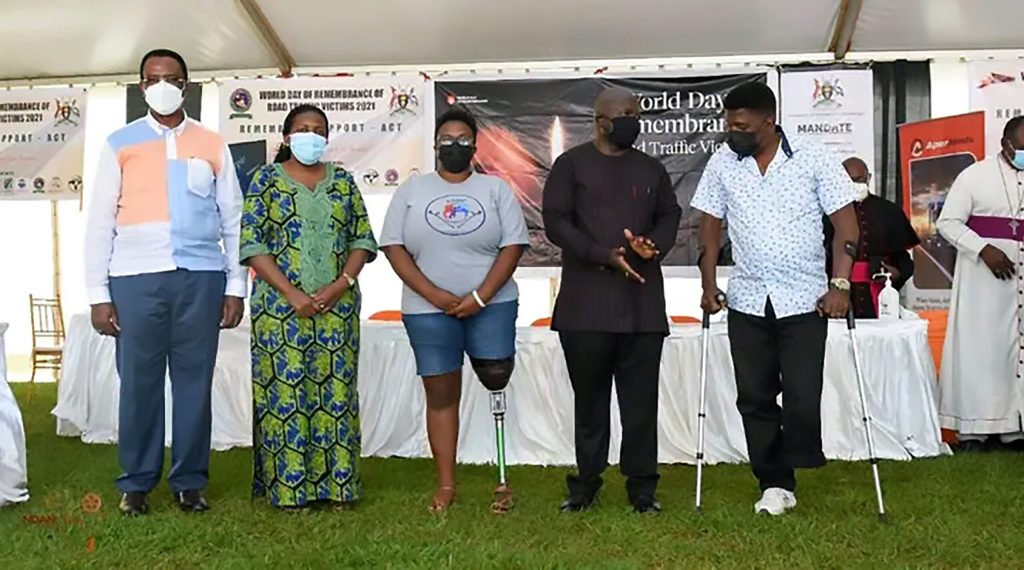Don’t Politicize EPS: Save Lives by 2030
The Ugandan Public, Media, Politicians, Transport Operators and later the President recently countered the roll out of the automated traffic enforcement using the existing police cameras under the Integrated Transport Monitoring Systems sighting irregularities. Are you aware that most Ugandans actually couldn’t tell the blend of Government legal frameworks affected by this suspension and possibly the interconnectivity from the Reviewed Speed Limits Regulations (reducing speed limits for built up areas from 50km/hr to 30km/hr for built up areas, introducing the 30 currency points for excessive speed, etc) passed on 14th February 2025, the EPS regulations 2024 (reducing payment time from 28 days to 72 hours, etc) and introduction of ITMS (Integrating Speed Limits Automated Enforcement) that rolled out in June building to the public outcry that resulted to this suspension! One needs to appreciate this complexity to further appreciate the rationale behind my appeal.
The main public concerns on the Speed Limits enforcement included;
a) Introduction of the 30 currency points (UGX600,000) for those exceeding posted speed limits by over 30km/hr
b) False allegations that all roads have been designated for 30km/hr
c) Reduced fines’ payment time from 28 days to 72 hours
d) Lack of or contradicting or blurred road signs at enforcement points
e) Government of Uganda and the contracted implementing agency revenue share proportions
f) Awareness and meaningful involvement of target users and stakeholders
g) Lack of a piloted approach including suspicious selection of enforcement zones against data on areas where road crashes mainly take place! Etc
h) Offenses charged on logbook holders other than the offending driver
With 14 people killed every day on our roads, according to the Uganda Police Annual Crime Report 2024. 84% of the victims classified as vulnerable road users (those not in control of the vehicle) including; motorcyclists and their passengers, pedestrians, pedal cyclists, passengers in motor vehicles, etc.
The Global Plan for Action, guides countries to adopt the Safe Systems Approach in responding to road safety for impactful results. This school of thought encourages viewing road crashes as a holistic system involving the road, the driver and the vehicle other than always simply blaming the driver when road crashes happen! To be able to effectively and efficiently respond to this global public health issue, countries are urged to structure responses under 5 key pillars; Safe Roads, Safe Vehicles, Safe Road User, Improved Post Crash Response and Safe Speeds. Recognizing that human beings are bound to make mistakes and encouraging decision makers and implementers in anticipation of those mistakes to have safe roads, safe vehicles and safe drivers using safe speeds to avoid killing or seriously injuring those road users (including the drivers) who may make mistakes which are already anticipated being humans!
Uganda Government through the Ministry of Works from the year 2020 reviewed the Traffic and Road Safety Act 1998 to especially strengthen provisions on road safety management. This produced the Traffic and Road Safety Act Amended 2020. Intended to provide more deterrent laws and fines to especially traffic offenses related to human behaviors for improved road safety. Following this process, the Ministry of Works and Transport later reviewed especially regulations on Road Safety Behavioral Risk factors including Helmets, Seatbelts, Alcohol and Child restraints including the Highway Code in 2022. The Ministry also with stakeholders, adopted and customized the Global Road Safety Action Plan to the National Road Safety Action Plan 2020/21-2025/26 targeting reduction of road crash deaths and injuries by 25% by 2025/26. The plan, however, required Government Financing of about UGX600 Billion that was never provided for by the Government to date.
The Police report attributes over 85% of these crashes to careless and reckless driving (human error), meaning that they are actually preventable! The report identifies the major cause of these alarming and ever increasing road crash deaths and injuries as being Speeding (44.5% in 2024 and 52% in 2023).
Speed Regulations 2004, unfortunately couldn’t be reviewed along other risk factors above during this process as it was moved during the 2020 amendment of the Act to the Roads Act until the 2023 Amendment that returned the Speed Limits Regulations to the Traffic and Road Safety Act.
The science behind the safe speed approach is informed by scientific evidence that the extent of impact (serenity) of a road crash leading to deaths or serious injuries depend on the Speed at which the vehicle involved was travelling at before the crash happened! Based on research data, human body tolerance levels when directly hit by a vehicle while on foot, riding a motorcycle or pedal cycles showed 90% survival chances when hit at 30km/hr and only 10% chances when hit at 50km/hr or more. This informed the 30km/hr in areas with schools, markets, hospitals, places of worship, etc. Roads with possibility of head on collusions (single carriage ways) require 70km/hr to protect front seat occupants in case of head on. 70km/hr remained for Northern bypass and 100km/hr for Entebbe Expressway because the former has vulnerable road users not with the latter. Some of these facts informed this reviewed speed limits regulations.
Aware that all of us would not wish to lose our love ones on road crashes which are actually preventable as explained above, I request those of us who merely opposed automated speed limits enforcement without necessarily having understood this background and detailed rationale including the President of the Republic of Uganda that you quickly support us to instead correct the issues you identified as unfair and do not risk making the country go into the rather usually exciting campaign period without a strong road safety management framework especially the proven to be effective automated speed enforcement to save Ugandans from the huge economic burden resulting from road crash deaths and injuries in Uganda.
Conclusively, I request that our critics including our beloved President focus their energies in supporting the Government to develop a complementary Speed Limits Regulations Management Guidelines including a Guide for Automated Speed Enforcement and a checklist for requirements to inform effective and efficient Speed Limits Regulations Enforcement, Education and Engineering. Even in the most developed countries, a similar process has always experienced gaps at implementation but they focused more on improving the identified gaps other than abandoning it. It is also important to note that without our parliament allocating budgets for road safety software including awareness & Education, besides the related infrastructure like the road signs that already the NRSAC 2020/21-2025/26 estimates the national coverage at merely 50% fully meeting the public demands regarding this matter will definitely not be possible overnight. Join us to demand our President and Parliament of Uganda to consider the devastating economic burden impact of road crashes in Uganda of about 10 trillion (CEPA Report) annually as a good justification to increase National Budget allocation to central, local governments and city authorities for the lead Ministry to effectively deliver on its currently very challenging mandate!
The recently suspended electronic penalty system (eps) had challenges but shouldn’t be politicised to extinction if we are to reduce road crash deaths and serious injuries during this upcoming electioneering season and by 50% by 2030!
Omongo Ndugu - Executive Director (UPDN)


